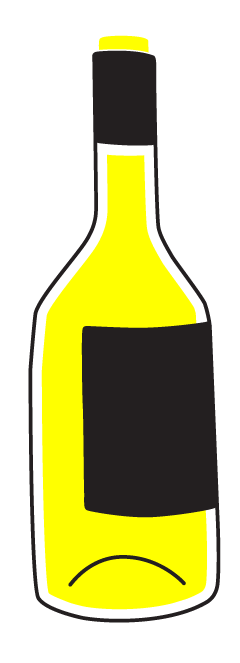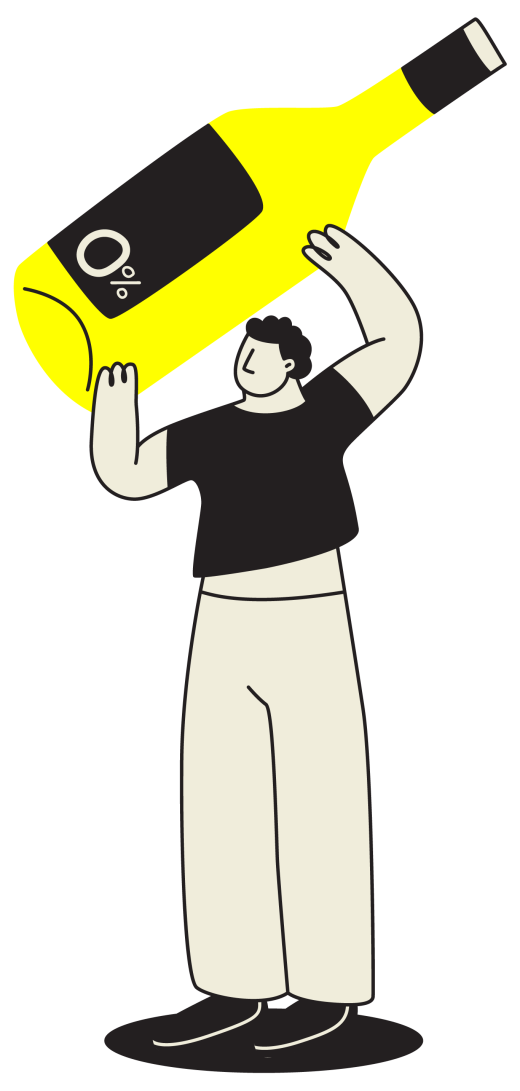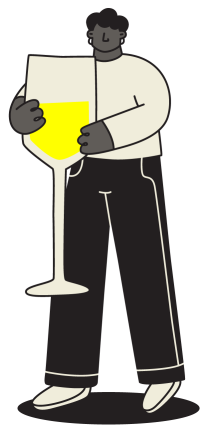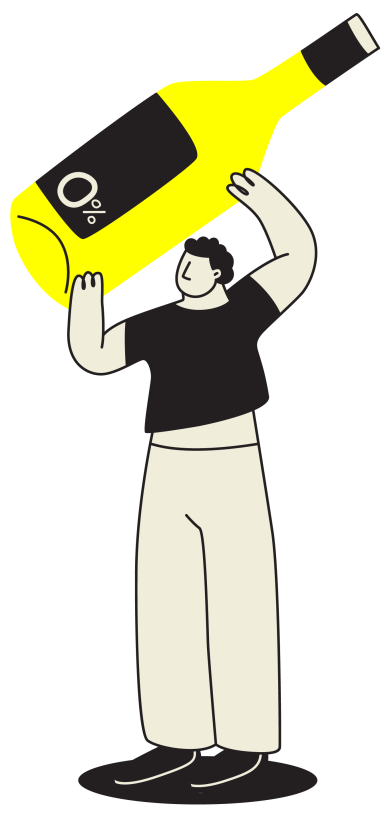SIMPLY PUT,
TIME AND MONEY SPENT RECRUITING AND ENGAGING YOUNG WINE DRINKERS HAS A GREATER POTENTIAL TO RETURN PROFIT FOR YOUR VENUE.
To do this, we need to take a close look at what young people want from wine and their on-trade experiences and let this guide how we approach the category going forward. Check out the other pages in this guide to learn more about how to win with this demographic.

WHAT
DO THEY WANT FROM THEIR WINES?
WHAT
DO THEY WANT FROM THE ON- TRADE?











Look for wines that are visually exciting with unusual and stylish packaging
Add some drama
to your wine range with large format bottles. For extra theatre, try serving your wines BTG tableside from
a magnum.
Focus on styles that are approachable and appeal to younger palates
Make sure your list offers lots of variation in style and consider introducing a rotating list of seasonal wines that are available for a short time only
TOP TIPS FOR WINNING WITH GENERATION WINE:
Think about how the wines in your list tie into occasions that young people enjoy
Focus on the experience, giving them something they’ll be excited to share on social media and can’t recreate at home
The second reason for this focus on Gen Z and Millennials is simple: future proofing the category. As Boomers begin to retire and seek lifestyle changes that prioritise health, there is a growing concern that there will not be enough wine drinkers in younger generations to make up the deficit, leading to a future where the category shrinks with each passing year. There are fewer young wine drinkers today than there were during their parents’ and grandparents’ time and there is an urgent need to recruit young people into the category to address this under indexing and ensure its future.
With young wine drinkers making up a relatively small proportion of all on-trade wine drinkers, why is it so important to get it right for this group? Millennials and Gen Z consumers together only make up 26% of wine drinkers*. Firstly, while there are fewer self-identifying “wine drinkers” among the younger generations, they make up 50% of all money spent on wine in the on-trade




WHAT
DO THEY WANT FROM THE ON- TRADE?
WHAT
DO THEY WANT FROM THEIR WINES?










Look for wines that are visually exciting with unusual and stylish packaging
Add some drama to your wine range with large format bottles. For extra theatre, try serving your wines BTG tableside from
a magnum.
Focus on styles that are approachable and appeal to younger palates
Make sure your list offers lots of variation in style and consider introducing a rotating list of seasonal wines that are available for a short time only
Think about how the wines in your list tie into occasions that young people enjoy
Focus on the experience, giving them something they’ll be excited to share on social media and can’t recreate at home
The second reason for this focus on Gen Z and Millennials is simple: future proofing the category. As Boomers begin to retire and seek lifestyle changes that prioritise health, there is a growing concern that there will not be enough wine drinkers in younger generations to make up the deficit, leading to a future where the category shrinks with each passing year. There are fewer young wine drinkers today than there were during their parents’ and grandparents’ time and there is an urgent need to recruit young people into the category to address this under indexing and ensure its future.
TOP TIPS FOR WINNING WITH GENERATION WINE:
To do this, we need to take a close look at what young people want from wine and their on-trade experiences and let this guide how we approach the category going forward. Check out the other pages in this guide to learn more about how to win with this demographic.

SIMPLY PUT,
TIME AND MONEY SPENT RECRUITING AND ENGAGING YOUNG WINE DRINKERS HAS A GREATER POTENTIAL TO RETURN PROFIT FOR YOUR VENUE.

With young wine drinkers making up a relatively small proportion of all on-trade wine drinkers, why is it so important to get it right for this group? Millennials and Gen Z consumers together only make up 26% of wine drinkers*. Firstly, while there are fewer self-identifying “wine drinkers” among the younger generations, they make up 50% of all money spent on wine in the on-trade



